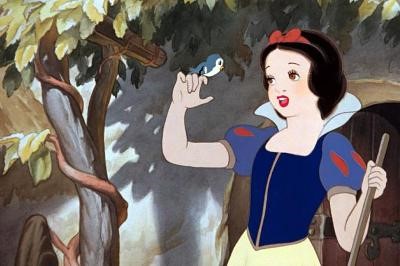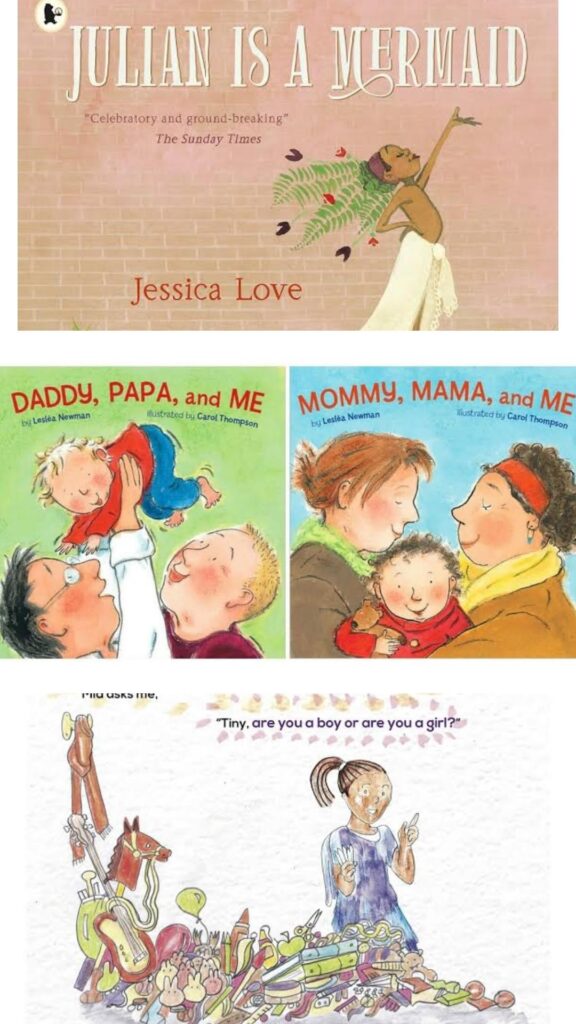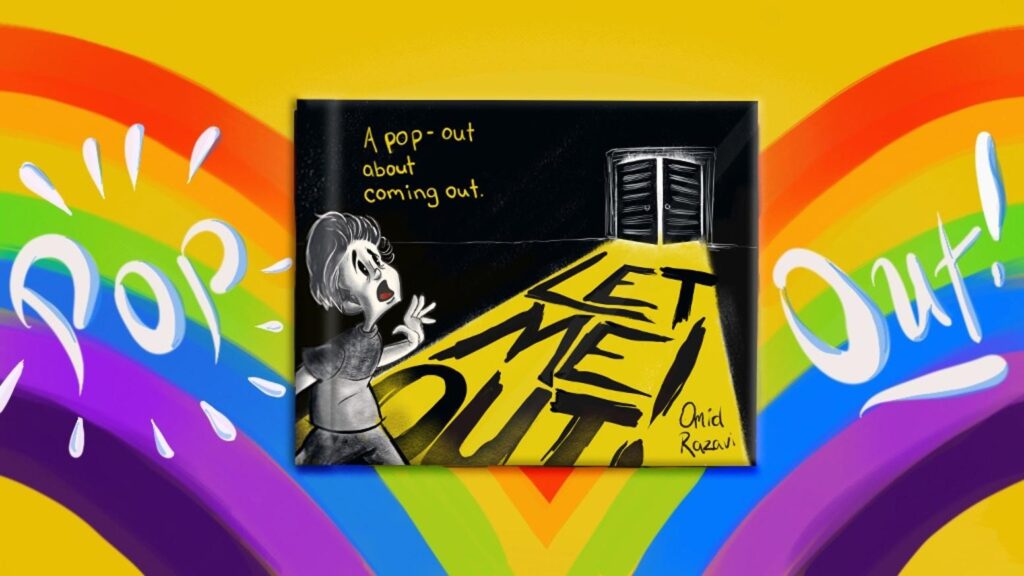Gender Representation in Children’s Storybooks
Children’s books most of the time contain characters which are either fictional or dreamy, which on a surface spells magic with respect to anyone’s imagination of an alternative world. From a prince riding a horse to a barbie dream house, it covers it all. While it all seems to be fair for its fictional purpose, the gender roles displayed by the characters highly influence one’s perspective of gender identity and roles assigned to each. As ciswomen grow up, Barbie’s dream house or a charming prince kissing the princess in a charmingly convenient scenario leaves anybody awestruck. Little to no thought goes into how this affects the way we perceive everyone in terms of binaries.
In a country like India, the mere representation of female or womxn is questioned in fictional stories, there is no doubt that the presentation of the remaining gender(s) even reaches such discussions. It becomes important to discuss such nuances in children’s books. According to research around 73% of characters that were non-humans were assigned with the gender & pronoun of male, he/his instead of gender-neutral pronouns. The article hereafter tries to understand and highlight some quantitative research and literature conducted around the different stereotypes in children’s books and books that are inclusive and are published in the present time.

Let’s talk statistics and research on children’s books and gender stereotypes 101
An article by The Guardian stated that research found parents/guardians reading storybooks to their children referred to gender-neutral characters with the pronoun that of a male — he/his. Statistics also found that characters that were non-humans, those of birds, vegetables, cars, etc., which are supposed to be considered gender-neutral, were 73% of the time referred to as the male characters. Several authors also said in The Guardian, “The messages conveyed through representation of males and females in books contribute to children’s ideas of what it means to be a boy, girl, man, or woman. The disparities we find point to the symbolic annihilation of women and girls, and particularly female animals, in 20th-century children’s literature, suggesting to children that these characters are less important than their male counterparts. The disproportionate numbers of males in central roles may encourage children to accept the invisibility of women and girls and to believe they are less important than men and boys, thereby reinforcing the gender system.”
Research also observed how children tend to play with toys that most of the time are associated stereotypically with the sex they are assigned at birth. Similar behavior was also observed with the fictional characters that represented popularly in the books. There have been large amounts of evidence regarding behavior and the books or toys that children play with or associate their gender identity with. Gender Atypical storybooks — are stories of the individuals playing or doing something that the opposite sex is not stereotypically associated with. These stories can be from a girl playing with trucks to a boy with dolls. A study conducted on children aged 2 to 5 years resulted in increased behavior with children playing with toys that are stereotypically associated with the opposite sex.
To support the above research, it’s important to understand the necessity of the discussion through two theories, the gender schema theory (Bem, 1983; Martin & Halverson, 1981) and social cognitive theory (Bussy & Bandura, 1992). Research stated that the gender schema theory is when the child at an early age starts understanding gender as a concept. These sensitive concepts are misguided and misunderstood with the sex assigned and hence it’s important the right guidance through influential factors like poems, books, and television. The social cognitive theory delves into when these gender classifications are assigned or understood in relationship with the social beings or the society the child lives in.

Here are a few must-read children’s books that are inclusive of all genders –
Book #1: Gender Now Coloring Book by Maya Gonzalez and Matthew Smith-Gonzalez, a book inclusive of all genders aiming to provide awareness and representation for the under-presented gender by using different gender expressions.
Book #2: Are you a boy or a girl? By Sarah Savage and Fox Fisher. This book primarily helps children understand gender diversity with the gender-neutral protagonist as the main character. This well-illustrated book helps also in creatively explaining gender expressions.
Book #3: Julián Is a Mermaid by Jessica Love, is another beautifully written book beautifully colored on sensitive topics showing one’s freedom of gender expression, breaking stereotypes, and showcasing gender fluid expressions.
Book #4: Mommy, Mama, and Me by Lesléa Newman, illustrated by Carol Thompson, as the title suggests is one of its kind beautifully illustrated storybook with the portrayal of gay parents (Lesbian partners) and their child.

However, children’s books in India aren’t very inclusive within the stories, there have been some attempts at bringing in queer characters and talking about sexuality in storybooks that for now are more accessible to teenagers. Payal Dhar’s book Slightly Burnt is set in an Indian context which sheds light on individuals exploring their sexual orientation at the age of what is called ‘the messy’ teenage phase. Another author who identifies themselves from the LGBTQ+ community published a storybook titled, ‘let me out.’ They also said in an article, “My journey was a process that was many years in the making. Raised in a middle eastern household, I spent countless hours imagining how my family would react to me coming out.” Educational materials to children storybooks, breaking away from gender stereotypes becomes essential for inclusivity. This matter has the most powerful tool one shapes their minds is knowledge — in any form of texts.
Author


1 thought on “Gender Representation in Children’s Storybooks”
This is amazing I cant even-